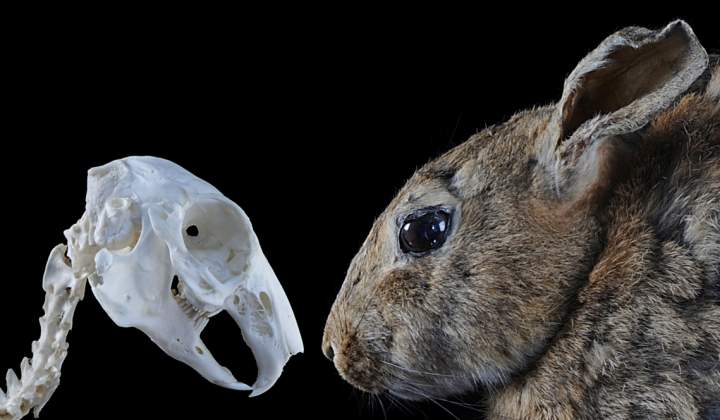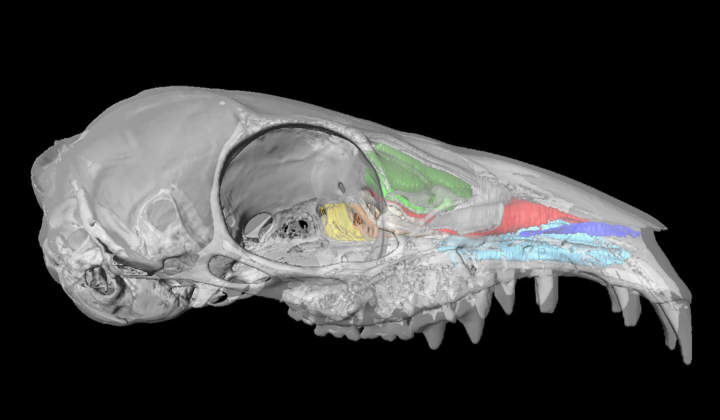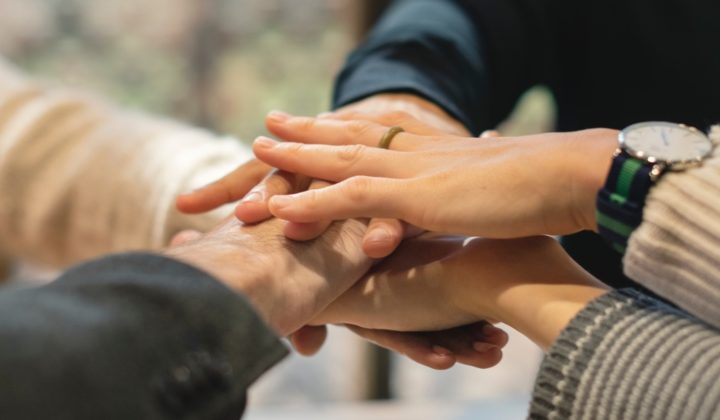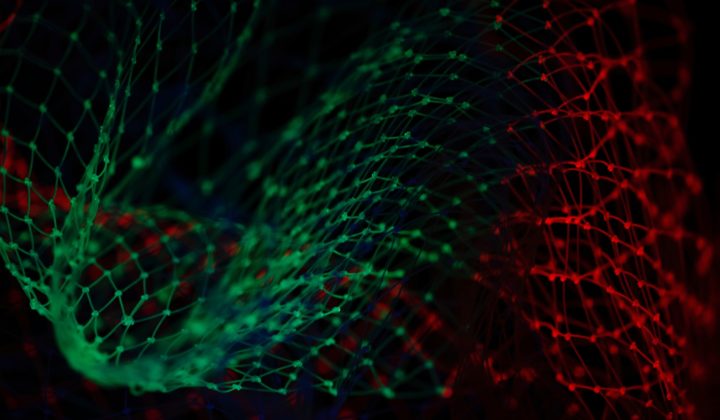
Recent Mammals
In terms of number of catalogued specimens as well as systematic and geographic range the collection of Recent mammals is second in Germany after the Natural History Museum in Berlin.
Currently the modern mammal collection comprises 95,000 catalogued specimens (skulls, skins, furs, skeletons, alcohol specimens and mounted specimens). Approximately 90% of the collection is digitally registered. The collection contains 160 primary types and 480 paratypes. A catalogue of the type specimens is in preparation.
Groups best represented in the collection are bats (one of the most important collections worldwide that comprises 90% of all known genera), primates (one of the most important collections in Germany), rodents, and insectivores. The geographical focus of the collection is on Central Europe, Africa, South-East Asia, and the Balkans.
Important parts of the collection were provided by E. Rueppell (Northeast Africa), by the 2nd German Africa-Expedition in 1910/11 by Duke F. A. zu Mecklenburg (mainly artiodactyls and primates), H. Bregulla (Philippines and southwestern Pacific Islands), and H. J. Kuhn (Liberia).
Fossil large mammals are housed in the Division of Palaeontology and Historical Geology, Section Palynology and Microvertebrata of the Palaeozoic.
Anatomy & Histology
The collection Anatomy & Histology was formerly part of the section Comparative Anatomy (later re-named Functional and Comparative Anatomy). Since the discontinuation of the section in 1997 it is now managed by the section Mammalogy.
Established as a working collection it does not include any type material, allowing the use of treatments and methods that alter the condition of the material.
The anatomical-histological collection contains historic exhibits, liquid preserved anatomical specimens with a focus on vertebrates, and also a large collection of histological slides.
Important parts of the collection were contributed by Dr. F. Roemer, Prof. Dr. W. F. Gutmann, Prof. Dr. D. Starck, Prof. Dr. G. Pilleri, and Prof. Dr. H.-J. Kuhn.
Library
The section library contains about 44,000 reprints and books and currently holds the most important periodicals of mammalogy and vertebrate palaeontology.
Access to the Mammalia Collection
Collection News
There is only a limited number of visitor slots available and compliance with our health and safety protocol is required.
Please remember to check travel regulations and limitations when planning your trip.
What kind of material does the collection Mammalogy manage?
90% of the specimens in our collection are documented in our digital online database. A part of the also managed collections “Historical Anatomy” and “Histology” can be accessed as well.
Please use the search tool AQUiLA to check the available specimens and taxa.
May I borrow material from the collection?
The loan of scientific material is subject to certain regulations.
The possibility to receive material on loan is decided on a case-to-case basis and depends on the specifically required material and the scientific project.
As a rule it is not possible to borrow type material.
If you would like to apply for a loan, your request should contain the following information:
- full name, address, where applicable the name and address of the client and/or the affiliated institution/organization.
- The kind of scientific project as well as the university and the scientific advisor.
requested material - a short project outline detailing the type of use and method of data collection.
To loan material, please, send an email with all the information mentioned above to Katrin Krohmann
May I work directly in the collection?
Our non-public collection can be used for scientific purposes by external visitors. To do so you need to apply for a the usage of scientific specimens.
Please do contact us well before your planned visit and include the following information:
- full name, address, where applicable the name and address of the client and/or the affiliated institution/organization.
- The kind of scientific project as well as the university and the scientific advisor.
requested material - a short project outline detailing the type of use and method of data collection
Please include information about special requirements regarding your visit (e.g. access to a fume hood, need of a binocular, space requirements to set up brought equipment etc.).
Please note: the requested visiting date might not be available and there is no guaranteed right to use the collection, this will be decided on a case to case basis based on the information you provide.
To organize your visit and use our collection, please, send an email with all the information needed to Katrin Krohmann
How do I get there?
Please approach the front desk at the main entrance of the museum, Senckenberganlage 25, they will inform the division of your arrival.
How much working space and which working materials are available for visitors?
We can offer desk space for 1-2 visitors depending on the size and amount of the material to be worked with. If needed we can arrange for access to a binocular / lamp for the duration of the stay.
Access to fume cupboard (lab place) can possibly be arranged if we have available capacities at the time of your stay. Please remember to mention the need for this in advance since it is most likely that short-term-arrangements are not possible.
More questions, please contact Ms. Katrin Krohmann




